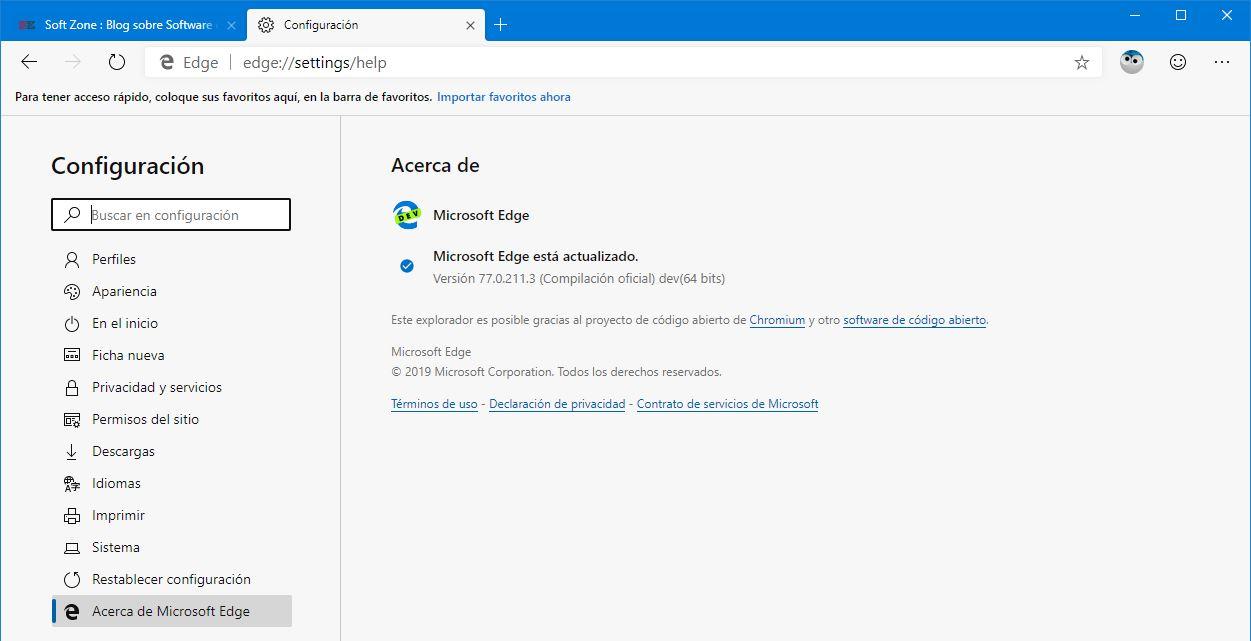

#CHROMIUM EDGE ENTERPRISE DOWNLOAD#
Basically, it amounts to “This site may initiate a file download without a signal (such as a user gesture) that such a download is expected.” Presently, there’s no Policy to control this a site should be architected to avoid triggering this permission. Automatic Downloads This is a misleading setting name.Background Sync Web API that allows ServiceWorker applications to perform sync operations in the background.(Sadly) you cannot use this setting to block ads on sites that are not on the abusive ad list. This setting allows you to exempt ads on sites that have been so flagged. It is only capable of blocking ads on a small list of sites which have been flagged by the vendor for “abusive ad use” (site shows intrusive or misleading ads). Ads You may be surprised to learn that Chrome and Edge have a built-in ad-blocker.Popups and Redirects “This site may initiate a popup without a signal (such as a user gesture) that such a popup is expected.” Controlled by the popupsallowedforurls and defaultpopupssetting policies.

Managed by the DefaultJavaScriptSetting, JavascriptAllowedforUrls and JavaScriptBlockedforUrls policies.ĭefaultimagessetting, imagesallowedforurls JavaScript If you’re especially security-conscious, you could disable JavaScript on all sites except those you manually trust.No SiteList policy, but it can be controlled entirely via audiocaptureallowedĭefaultNotificationsSetting, NotificationsAllowedForUrls, NotificationsBlockedForUrls. No SiteList policy, but it can be controlled entirely via Here’s a list of Site Settings with information about their policies and behavior: There are also a number of policies whose names contain Default that control the default behavior for a given setting. Most of the relevant settings are listed within the Group Policy for Content Settings. I recently wrote a post about Chromium’s URL Filter syntax, which doesn’t always work like one might expect. To find these policies, simply open the Edge Group Policy documentation and search for ForUrls to find the policies that allow and block behavior based on the loaded site’s URL. Users rarely use the Settings Page directly, instead making choices using various widgets and toggles in the Page Info dropdown (which appears when you click the lock) or via various prompts or buttons at the right-edge of the address bar/omnibox.Įnterprises can use Group Policy to provision site lists for individual policies that control the browser’s behavior. When users open chrome://settings/content/siteDetails?site=, they’ll find a long list of configuration switches and lists for various permissions. Unfortunately, there’s no document mapping the old URLActions to the new equivalents (if any) available within the new Edge.

Internet Explorer offered around 88 URLAction permissions, but the majority (62) of these settings have no equivalent for instance, there are a dozen that control various features of ActiveX controls, a technology that does not exist in the new Edge. Settings Page’s Site Permissions and Group Policy Instead, in Chromium per-site permissions are controlled by settings and policies expressed using a simple syntax with limited wildcarding support. Last year, I wrote about how the new Microsoft Edge browser mostly ignores Security Zones (except in very rare circumstances) to configure security and permissions decisions.


 0 kommentar(er)
0 kommentar(er)
